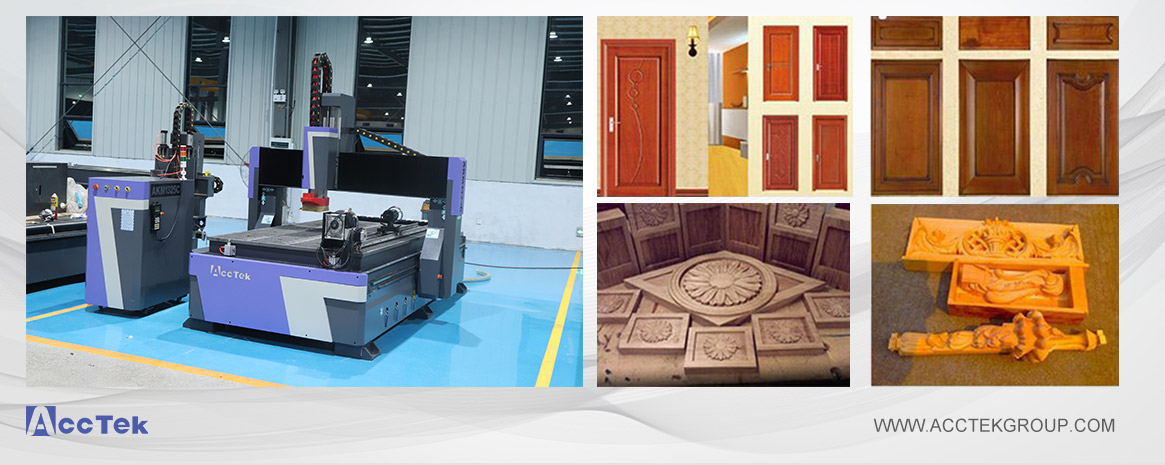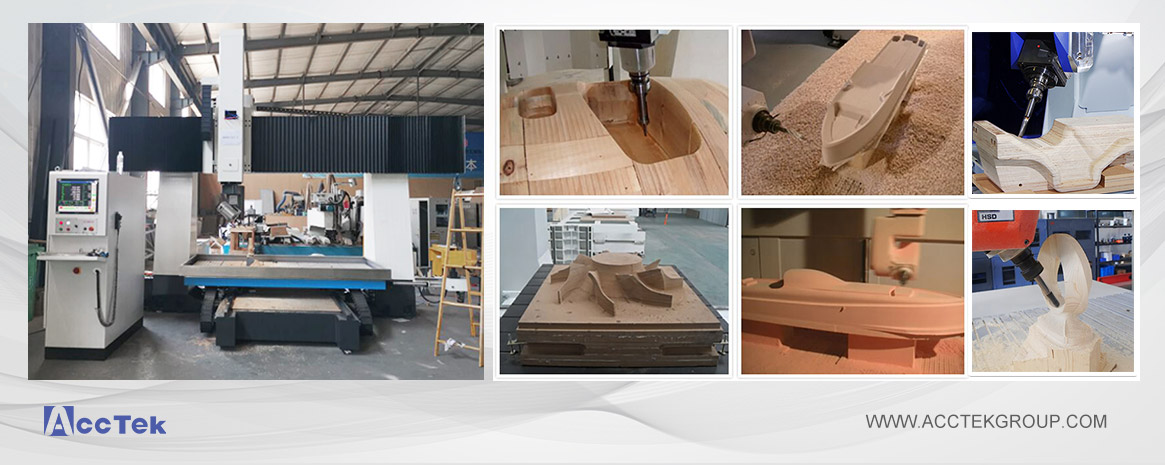CNC (computer numerical control) machining is a process in manufacturing where programmed computer software directs the motions of plant machinery and tools. The application can be used to automate a range of manufacturing techniques such as milling, cutting, and carving materials. Manufacturers accrue several benefits through the application of CNC machining such as expense reduction, improved speed, better accuracy, and enhanced productivity levels.
The number of axes on a
CNC router machine determines the type of work it can do, the level of detail it can cut, and the workpiece locations it can manipulate. So what does this all mean? The following provides a better explanation of the differences between a 3 axis, 4 axis, and 5 axis CNC machines.
The main difference between 3-axis, 4-axis and 5-axis machining is the complexity of the movement both the workpiece and the cutting tool can move through, relative to each other.
3 axis machining is the simplest and most common type of machining. The workpiece is fixed in a single position, and the spindle can move in the X, Y and Z linear directions. This is suitable for parts that do not require a lot of depth and detail, and it is also widely used for flat engraving and cutting plates.
While it is a more basic machining process, 3-axis machining may be ideal for your machining project depending on the size of your production run, the workpiece requirements, accuracy and finish constraints, materials used and your holding capabilities.
4-axis milling involves the same processes involved in 3-axis machining, where a cutting tool is used to remove material from a piece to create the desired shape and profile. However, in the case of 4-axes machining, milling is performed on an additional axis. A 4-axis CNC machine operates on the X,Y and Z axes like a 3-axis machine, but it also includes rotation around the X-axis, which is called the A-axis. This is the 4th axis that’s added to our machining process. 4 axis machining is multifunctional and can be used for engraving curved surfaces.
Acctek 4 axis cnc router adopts heavy-duty frame and gantry structure, and the machine body is more sturdy. The spindle can be rotated 180 degrees, so that the cnc router can handle flat engraving and three-dimensional processing. The machine specifications can be customized according to your actual processing needs.
5 Axis machining implies that a workpiece can be automatically manipulated from five sides at one time. In addition to automatic movements along the X, Y, and Z axes, 5 axis CNC machines can select two of the three rotational axes (A,B,C) to use. The A, B, and C axes perform a 180° rotation around the X, Y, and Z axes, correspondingly.
5 axis machining requires greater CNC programming preparation time to accommodate complex rotatory movement, but allows one workpiece to be worked on all five sides during one operation. 5 axis machining is beneficial when components require a great deal of intricacy and quick precision. This includes cutting intricate details and machining complex shapes.
ACCTEK is a professional manufacturer of cnc router machines. It can provide suitable machine options for different user needs. If your shop needs to carry out engraving and cutting work, you can consult online at any time.




